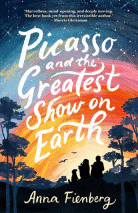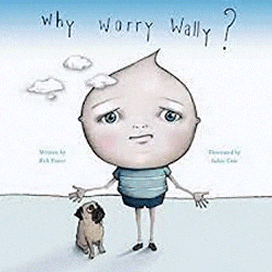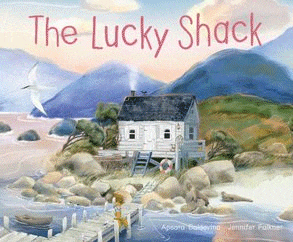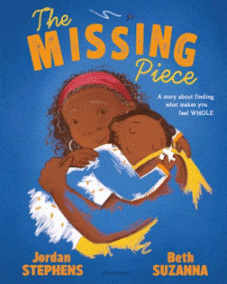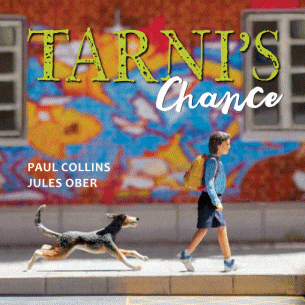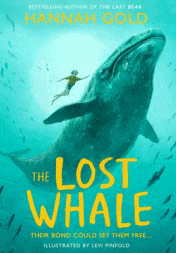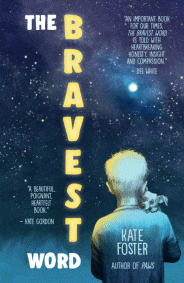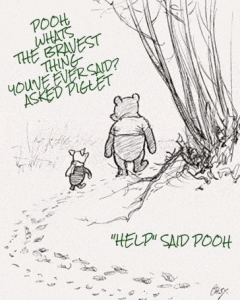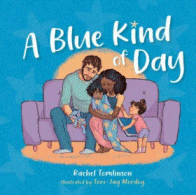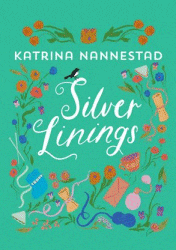
Silver Linings
Silver Linings
Katrina Nannestad
ABC Books, 2023
304pp., hbk., RRP $A19.99
9780733342257
Rural New South Wales in 1952 – a new monarch is about to be crowned and for five-year-old Nettie Sweeney life is almost perfect. She has a dad, three big sisters, a farm full of cows and a cat called Mittens, can read and write and even does spelling with Second Class because she is so clever. But Nettie longs for a mother. Her own passed away when she was born (leaving her with all sorts of misconceptions about babies and storks) and she would love to have one who has a gentle touch, sparkles in her eyes and lots of love and hugs to give. But instead she has cranky Aunty Edith who is quick with her hands and even quicker with her tongue as she clings to the old ways.
When Dad marries Alice, all Nettie’s dreams come true and the Sweeney home overflows with laughter, love and a new philosophy of looking for the silver linings in everything rather than the dark clouds. When her baby brother. Billy, is born he becomes the light of Nettie’s life and her world is perfect. Until it isn’t…
Those who are familiar with five-year-olds, and even those who aren’t , will laugh out loud all through the beginning of this book as we see life through the unfiltered lens of Nettie and her doll Fancy Nancy. And they will empathise with the unsophisticated five-year-old who has to handle the family tragedy in her own way because she just isn’t mature enough to know of any other. Her naivety endears her from the beginning and her resilience and courage as events play out inspire. While the big issues of PTSD, loss and depression that are confronted could be anywhere, anytime, by placing them in the early 50s Nannestad distances them enough from the reader’s here and now for them to be acknowledged but not necessarily absorbed. And for those of us old enough to know better, how will we ever think of Queen Elizabeth II as anything but “the mongoose of the British Umpire” again?
It’s a rare author who can write a story for young children in a way that has adult readers turning page after page because there has to be a solution, and Nannestad is one of those. As with The Girl who brought Mischief, this one had me reading past my bedtime because I was so enamoured of Nettie and needed to know there was a happy ending.
This is one for independent readers who like real-life stories (it is based on family happenings) and if you are preparing a list of books for Christmas stockings, this should be on it.
